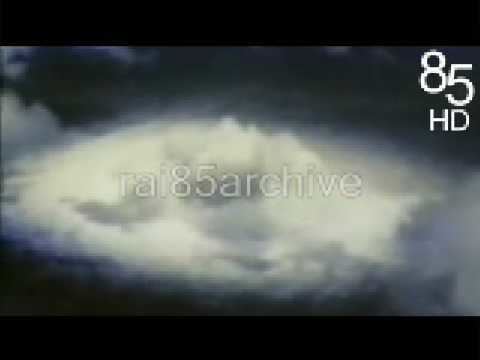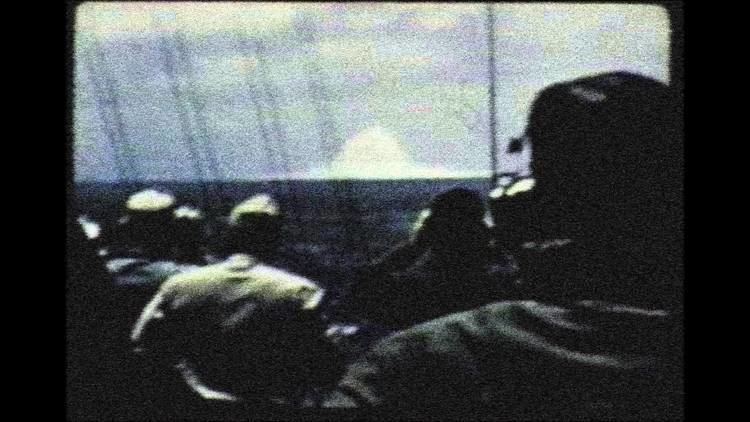Country United States Test type underwater Start date 1955 | Period 1955 Number of tests 1 | |
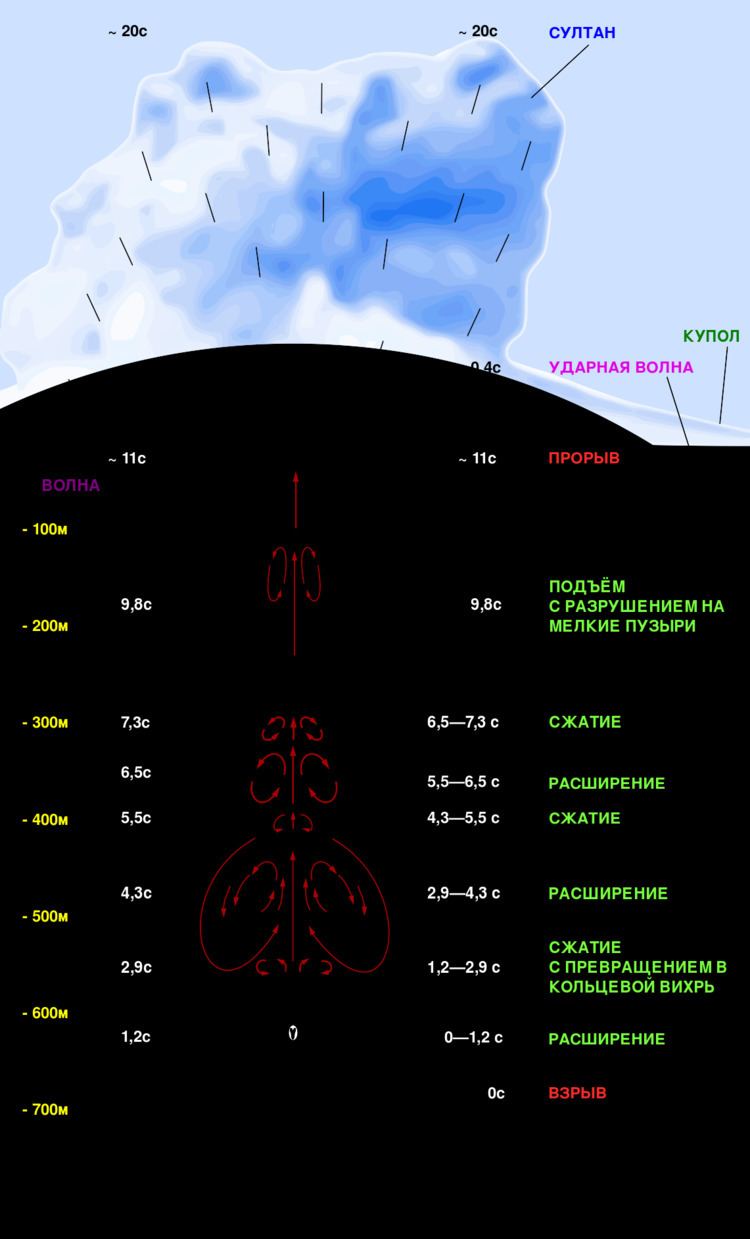 | ||
Max. yield 30 kilotonnes of TNT (130 TJ) | ||
Operation wigwam underwater nuclear test film 1955
Operation Wigwam involved a single test of the Mark 90 Betty nuclear bomb. It was conducted between Operation Teapot and Project 56 on May 14, 1955, about 500 miles (800 km) southwest of San Diego, California. 6,800 personnel aboard 30 ships were involved in Wigwam. The purpose of Wigwam was to determine the vulnerability of submarines to deeply detonated nuclear weapons, and to evaluate the feasibility of using such weapons in a combat situation. (See Report of Commander) The task force commander, Admiral John Sylvester, was embarked on the task force flagship USS Mount McKinley.
Contents
- Operation wigwam underwater nuclear test film 1955
- Underwater atom bomb testing operation wigwam 1955 only explosions
- Detonation layout and test
- Detonations
- References
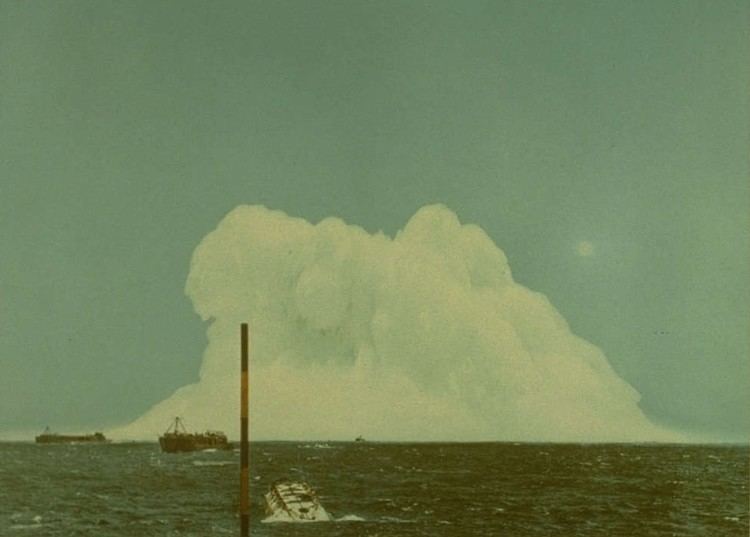
Underwater atom bomb testing operation wigwam 1955 only explosions
Detonation layout and test
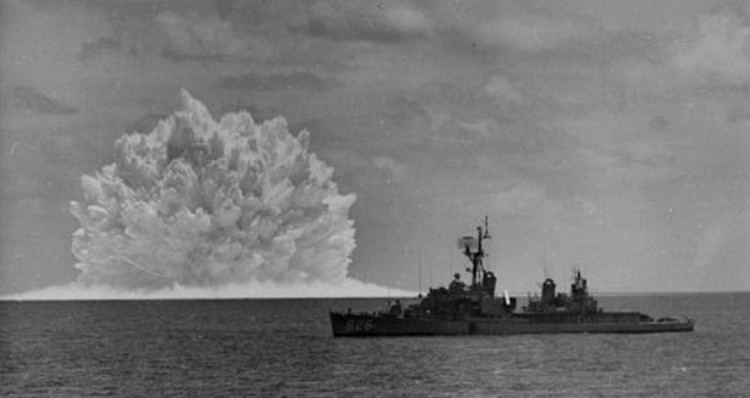
The test device was suspended to a depth of 2,000 feet (610 m) by cable attached to a barge. A 6-mile (9.7 km) tow line connected the 205 ft. USS Tawasa (a Cherokee-class fleet tug) and the shot barge itself. Suspended from the tow lines of other tugs were three miniature unmanned submarines named "Squaws", each packed with cameras and telemetry instruments.

The time of detonation was 1300 hrs Pacific Time (actually 1259 PDT). The test was carried out without incident, and government said radiation effects were negligible. The device yielded 30 kilotons. Three personnel received doses of over 0.5 rem (5 mSv). Other sailors on USS Cree (another Cherokee-class fleet tug) were tasked with measuring radiation and said that the ocean water boiled and churned, and radiation meters went off the charts when they held them over the side. The sailors wore minimal protection of their standard cotton clothes only. One sailor on the Cree had three cornea transplants without any official recognition by the U.S. government. The feeling on the feet of the sailors when it went off was like a sledge hammer hitting the deck of the ship.
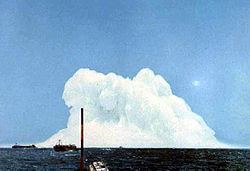
The equipment intended for direct measurement of the explosion-generated underwater bubble was not operational at the time of the shot, but based on other measurements, the bubble's maximum radius was calculated as 376 feet (115 m), and its pulsation period approximately 2.83 seconds. (See Scientific Director's Report)
The United States test series summary table is here: United States' nuclear testing series.
Detonations
The detonations in the United States' Wigwam series are listed below:

